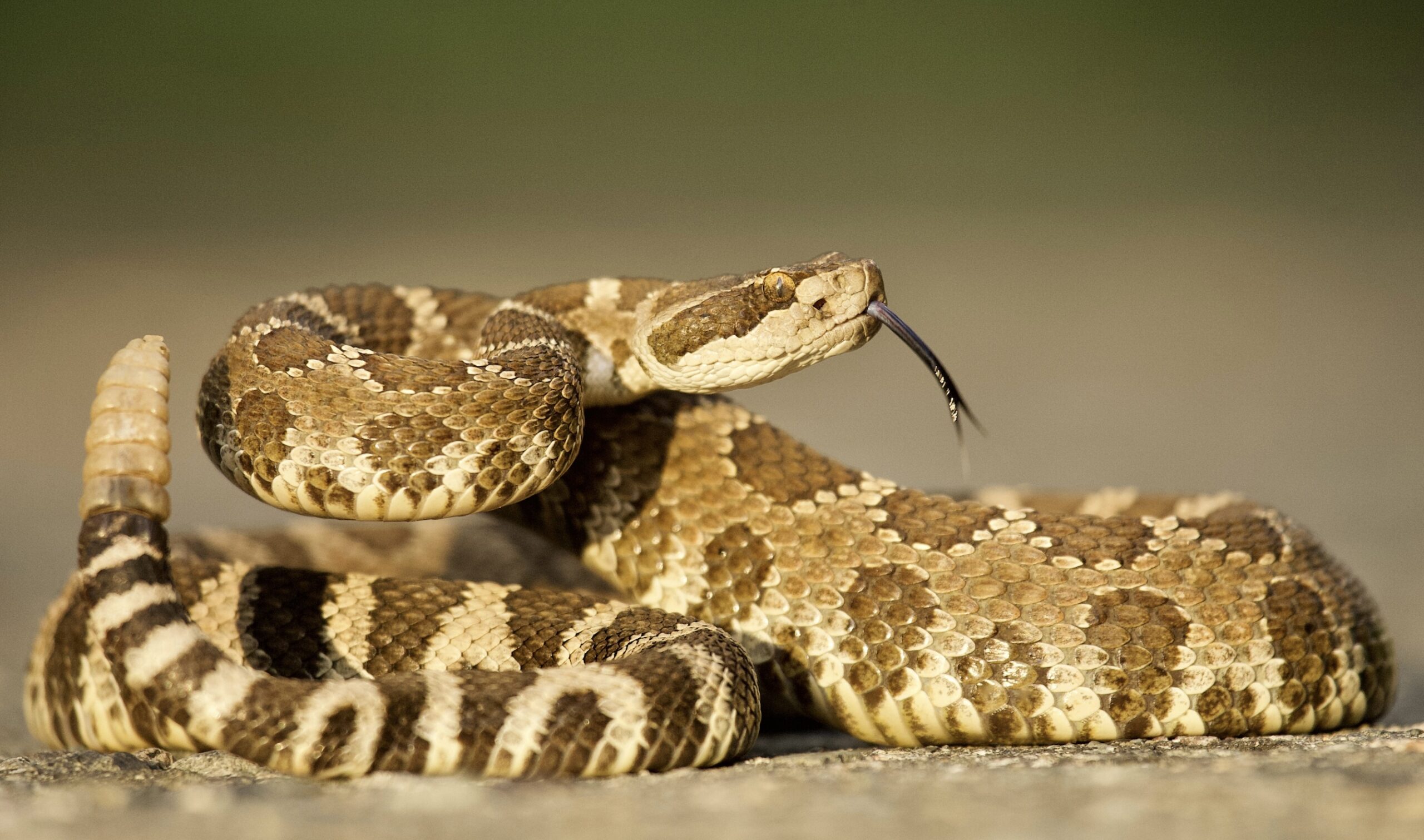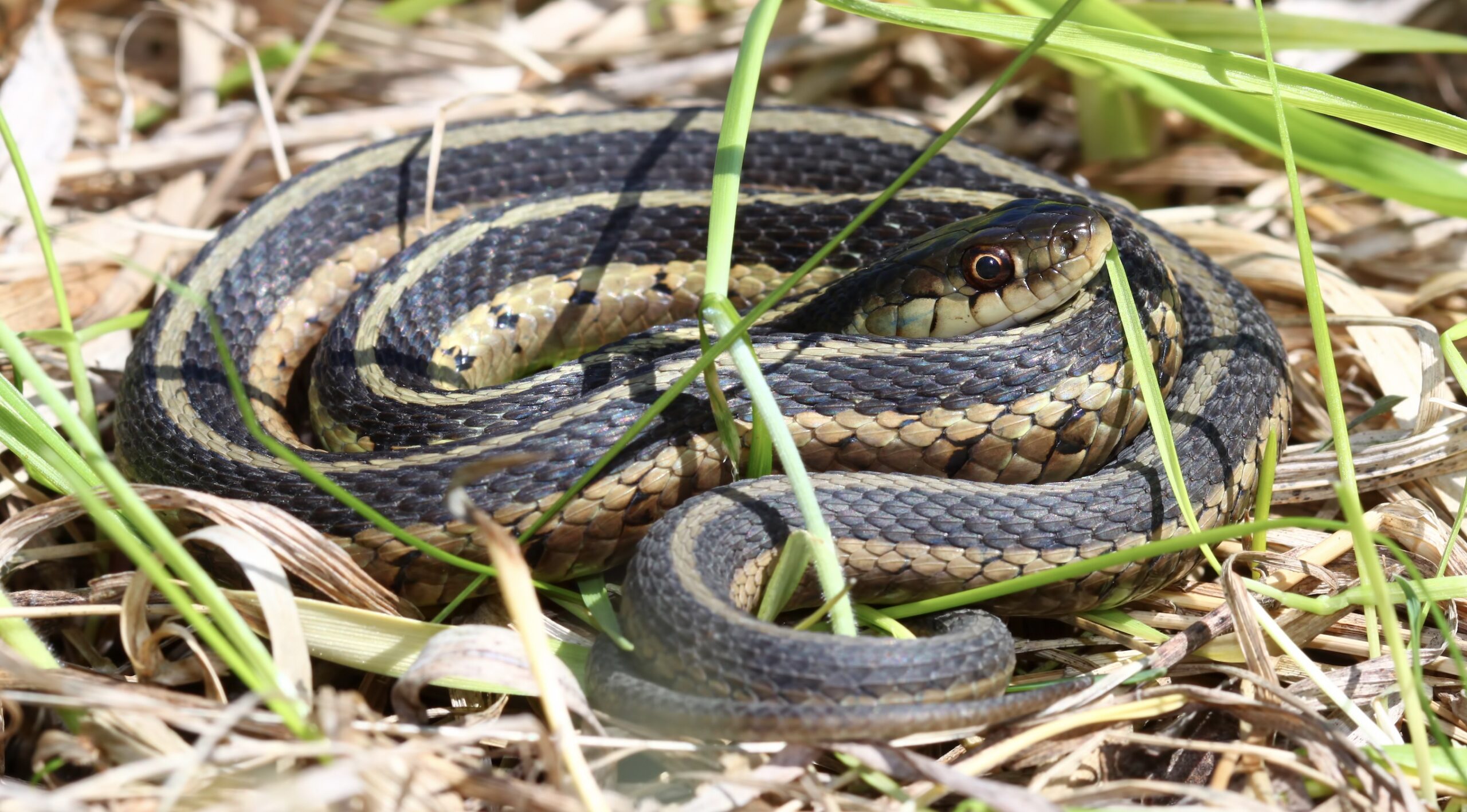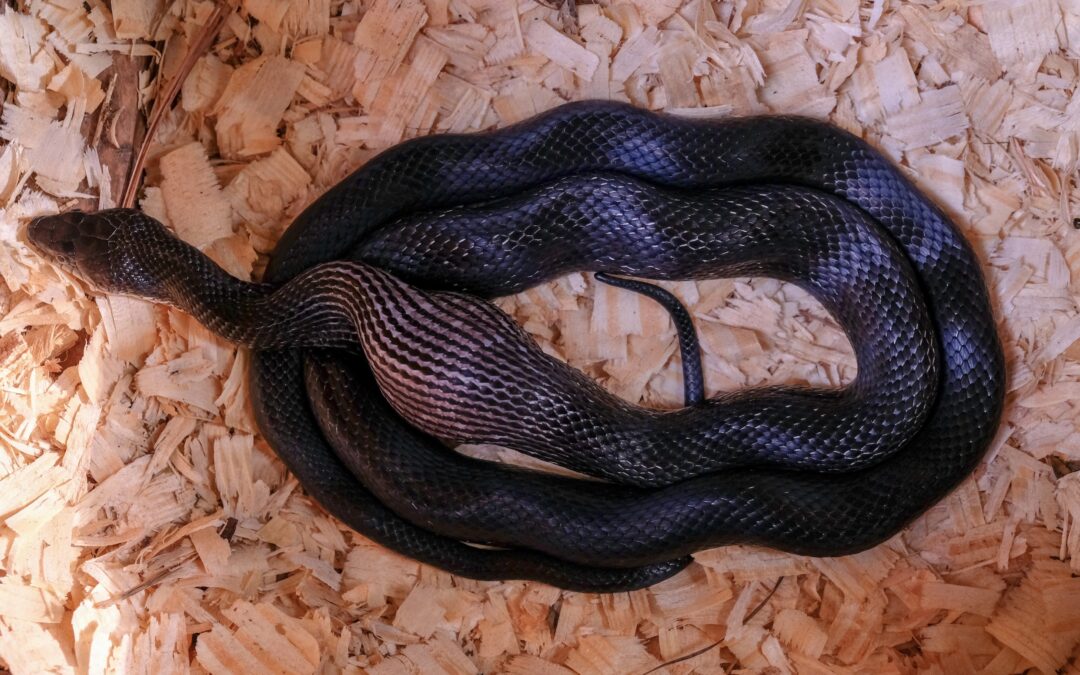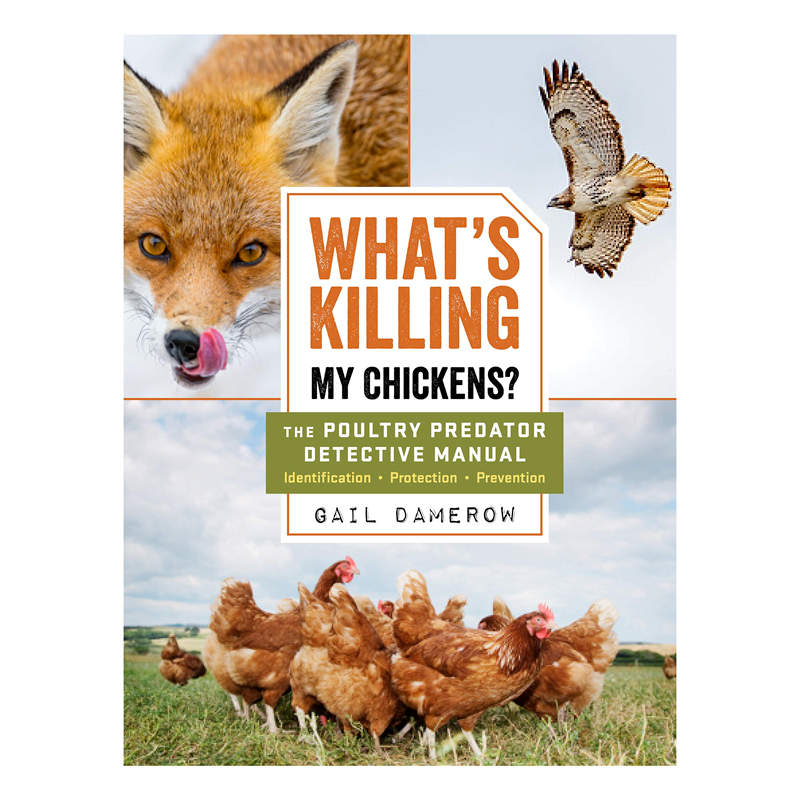There are a variety of snakes you may come across in your chicken coop, though some species may be more welcome than others. There are thousands of different species of snakes, each with unique adaptations. Learning more about them can be a rewarding endeavor for you and your flock. In fact, being able to identify common snakes found in chicken coops and learn which ones pose a threat to your chickens can help you form a plan of action if you find one in your coop. If you are wanting to learn more about the different types of common snakes you may see in your coop, you are in the right place!

Common Venomous Snakes
Generally, you can break snakes up into two categories: venomous and non-venomous. Though there is often some overlap between the two categories, being able to identify snakes with medically significant venom can help keep you and your chickens safe. If you come across a venomous snake in your chicken coop, you will need to leave it alone and call in the professionals.
How do you identify a venomous snake? Well, if you live in North America, you are in luck, as there are only four different groups of venomous snakes: copperheads, cottonmouths, rattlesnakes, and coral snakes. In terms of which are dangerous to your flock, only the first three pose a real threat, as coral snakes are uncommon and very small. They are unlikely to bite or harm you or your flock if left alone.
- Rattlesnakes – There are many different species across the U.S., but the easiest identifying feature is the rattle situated at the tip of their tail. They will make an unmistakable loud rattling sound when threatened.
- Copperheads – Common in the Southeastern U.S., this species is usually tan in color with a distinct brownish orange “Hershey’s kiss” pattern that looks like a triangle on the side of their bodies. This species also has a strongly tapered “triangle” shaped head.
- Cottonmouths – Another Southeastern U.S species, this snake is usually dark black or brown in color, either solid colored or patterned with a very pale white mouth. The pale mouth and distinctly triangle shaped head can help identify these snakes. These snakes also spend most of their time in or near the water, so you may only have to worry about these snakes if your coop is near water.
Common Non-Venomous Snakes
Though non-venomous snakes won’t cause you any harm, there are still a few species that can maim or kill your chickens and eat their eggs. The key factor here is that the snake needs to be fairly large to kill a chicken or consume their eggs.
- Rat Snakes– This is the most common species of snake that is a nuisance to chicken keepers. In fact, in some areas, these snakes are known as chicken snakes because of their preference for eating eggs. Found across the U.S., these are large snakes, up to 5 feet in length, and come in a variety of colors based on their location. They can be black, yellow and striped, or even gray with brown patterning.
- Corn Snakes– This is an east coast species that can sometimes get large enough to be a threat to your chickens’ eggs. These snakes are most commonly bright orange with distinct reddish orange squares on their back, and have a band of the same color across their eyes.

Harmless Snakes
The last type of snakes you may find in your coop are those that are harmless to both you and your chickens. These snakes are non-venomous and small enough that they couldn’t even eat a chicken egg if they tried. There are lots of smaller snake species found across the U.S., but there are a few common species you are likely to see in your backyard.
- Garter Snakes– These snakes are small, less than 39 inches, and thin. They can be striped, checkered, brightly colored, or dull depending on where you live. These snakes are completely harmless, and your chickens are actually more likely to kill them.
- Ribbon Snakes– Another small species found throughout the U.S., these snakes are very slender with yellow stripes running the length of their bodies. They are very similar to garter snakes, and pose no threat to your flock.
There are a lot of different snake species you may see in your chicken coop, but that doesn’t mean they are all bad. While venomous species can pose a threat to you, and larger species like the Rat Snake may try to make a meal out of your chicken eggs, there are lots of species that are completely harmless. Ribbon Snakes and Garter Snakes are just two common examples of the hundreds of species of small backyard snakes that are completely safe for you and your flock. Identifying these snakes is the first step to keeping your flock, and the reptilian wildlife, safe. Continue learning about how to keep snakes out of your coop here.
This piece was written and provided by Nigel Robert, Managing Editor at More Reptiles. He is a lifelong reptile lover, biologist, and wildlife consultant with a decade of experience working in reptile conservation and consultancy. For the last 10 years, he has kept over 20 different species of reptiles.
Recommended Reading
Have questions about predator-proofing your chicken coop? Not sure what type of predator is attacking your flock of chickens or other poultry? What’s Killing My Chickens by poultry expert and author Gail Damerow is an easy-to-read resource that helps you quickly identify predators and learn how to protect your poultry.


